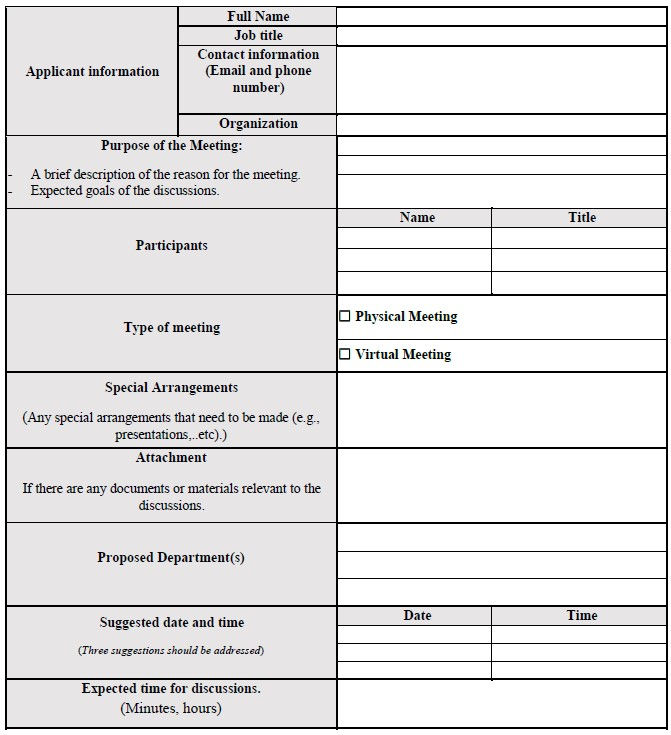USFDA Guidance: Covariates RCT, Non-Clinical Performance Assessment of Tissue & Efficacy Endpoints
- Sharan Murugan

- May 25, 2023
- 2 min read
Today (26 May 2023) the United States Food & Drug Administration released multiple guidances related to both drugs/biologics and medical devices.
Guidance: Diabetes Mellitus: Efficacy Endpoints for Clinical Trials Investigating Antidiabetic Drugs and Biological Products (CDER)
Antidiabetic drugs are drugs that improve glycemic control, including those that are intended to reduce hyperglycemia caused by diabetes (antihyperglycemic drugs) and those that are meant to reduce iatrogenic hypoglycemia.
The purpose of this guidance is to assist sponsors in developing antidiabetic drugs for people with type 1 diabetes and type 2 diabetes. The guidance aims to harmonize the FDA’s expectations with the current scientific knowledge and clinical practice regarding diabetes management and covers the efficacy endpoints that should be used in clinical trials to demonstrate the benefits and risks of these products.

Guidance: Non-Clinical Performance Assessment of Tissue Containment Systems Used During Power Morcellation Procedures (CDRH)
For gynecologic and general laparoscopic power morcellation containment systems, this guidance document provides FDA recommendations regarding nonclinical performance testing to support premarket applications. This guidance may also assist manufacturers with ensuring that nonclinical performance data for these devices is subject to special controls.
The recommendations are intended to promote consistency and facilitate an efficient review of laparoscopic power morcellation containment system submissions for gynecology and general laparoscopic power morcellation. To ensure that non-clinical test methods are able to identify safety concerns resulting from tissue containment system damage and subsequent leakage of tumor cells and other contents, recommendations are being made.
Guidance: Adjusting for Covariates in Randomized Clinical Trials for Drugs and Biological Products (CBER & CDER)
This guidance refers to baseline covariates as demographic factors, disease characteristics, or other information collected in advance of randomization. Covariate adjustment refers to estimating and testing population-level treatment effects between randomized groups based on baseline covariate measurements.
The guidance provides recommendations for the use of covariates in randomized, parallel group clinical trials, both superiority trials and noninferiority trials. To improve the statistical efficiency for estimating and testing treatment effects, the guidance focuses mainly on the use of prognostic baseline covariates.


Comments